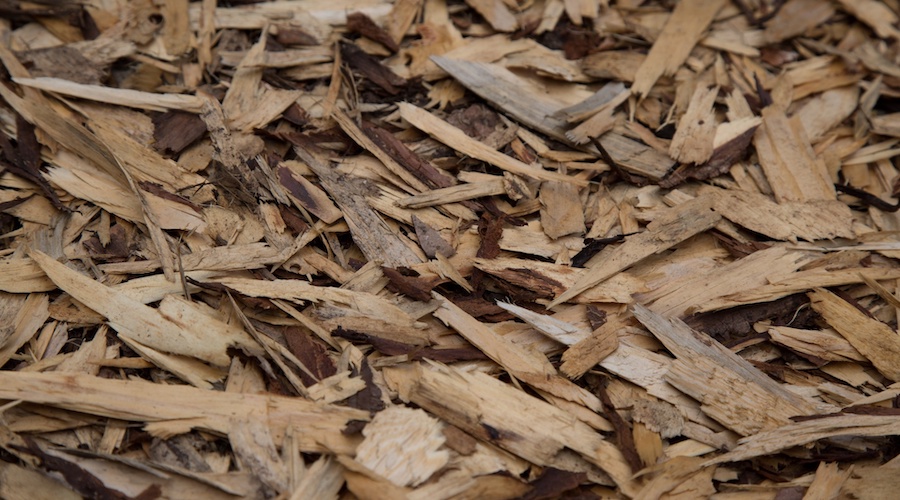
Researchers at Princeton University and IMT Mines Albi—CNRS in France have uncovered the mechanism that enables iron to help convert waste such as wood chips and other cellulose-rich biomass into graphene.
Understanding this mechanism is key to scaling up the process.
In a couple of research papers, the scientists explain that graphene, a sheet of pure carbon just one atom thick, is commonly made via chemical vapour deposition, a process frequently used in the semiconductor industry to produce uniform coatings. However, such technique often hinges on hazardous chemicals and expensive technologies. Likewise, alternatives for graphene production typically employ toxic or cost-prohibitive materials, as well as petroleum-based sources.
In search of an environmentally friendly way to produce graphene, Ange Nzihou and Claire White turned to underused sources of biomass as a starting material for the process. Unfortunately, most of that biomass is rich in cellulose, an abundant polymer found in the cell walls of plants. Cellulose has proven difficult to convert into highly ordered carbon materials such as graphene without the use of toxic or rare earth metal catalysts because of the structure and arrangement of its chemical bonds.
But Nzihou found that an iron oxide catalyst could do the trick. By inserting the iron into the biomass and heating it in an oxygen-limited environment through a process known as carbonization, he demonstrated it was possible to transform cellulose-rich biomass into a final material with extensive regions of ordered graphene sheets.
“Ange had shown that it was possible to use iron as a catalyst,” White said. “But the real question was in trying to understand how iron was providing this catalytic behaviour.”
Using techniques such as X-ray total scattering, Raman spectroscopy, transmission electron microscopy, and magnetic measurements, the researchers found that throughout the heating process, the iron oxide catalyst first broke down to form nanoparticles within the biomass. As the cellulose-rich biomass began to dissolve at higher temperatures, it precipitated as layers of graphene sheets onto the surface of the iron particles.
“We were actually able to observe this ordered shell of carbon atoms that formed around those iron nanoparticles during the process,” White said.
Interestingly, the scientists found that a few larger iron nanoparticles supported more extensive regions of graphene formation than many smaller ones, a helpful clue that could inform future efforts to scale up the process of turning waste biomass into graphene. They are also continuing to refine the process to increase the size of the pure graphene regions while reducing the number of defects in the final material.
“Now that we have an understanding of the mechanism, we can figure out how to improve the process and optimize the properties of the graphene sheets compared to the conventional chemical vapour deposition method, and even consider ways to scale it in the near future,” Nzihou said. “Because at the end of the day, our work is all about developing eco-friendly advanced carbon materials while closing the carbon loop and mitigating carbon dioxide emissions.”
In addition to this, the pair wants to develop a strategy for sustainable carbon utilization and, at the same time, explore the use of plasmas to power various production processes.